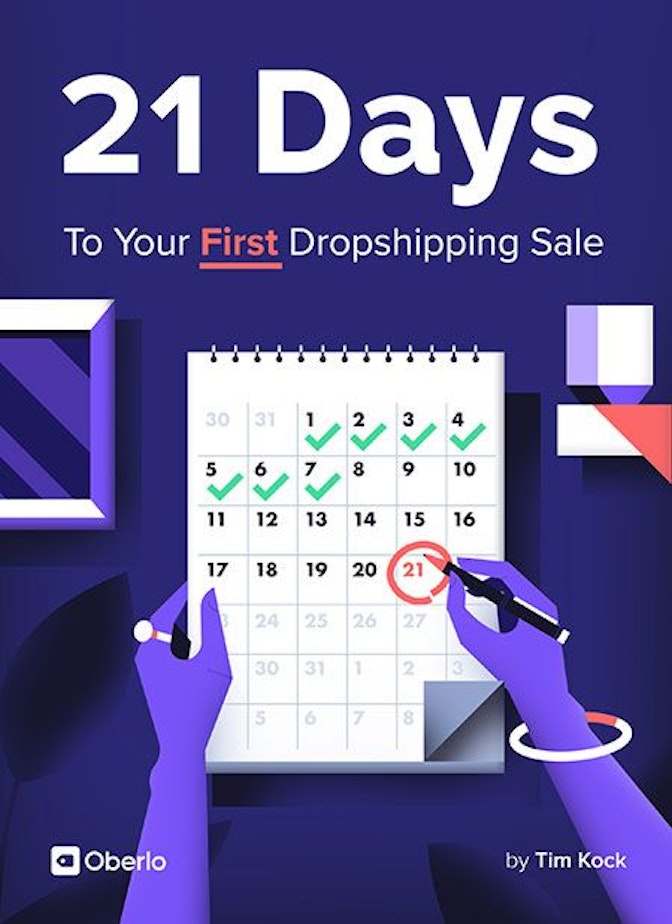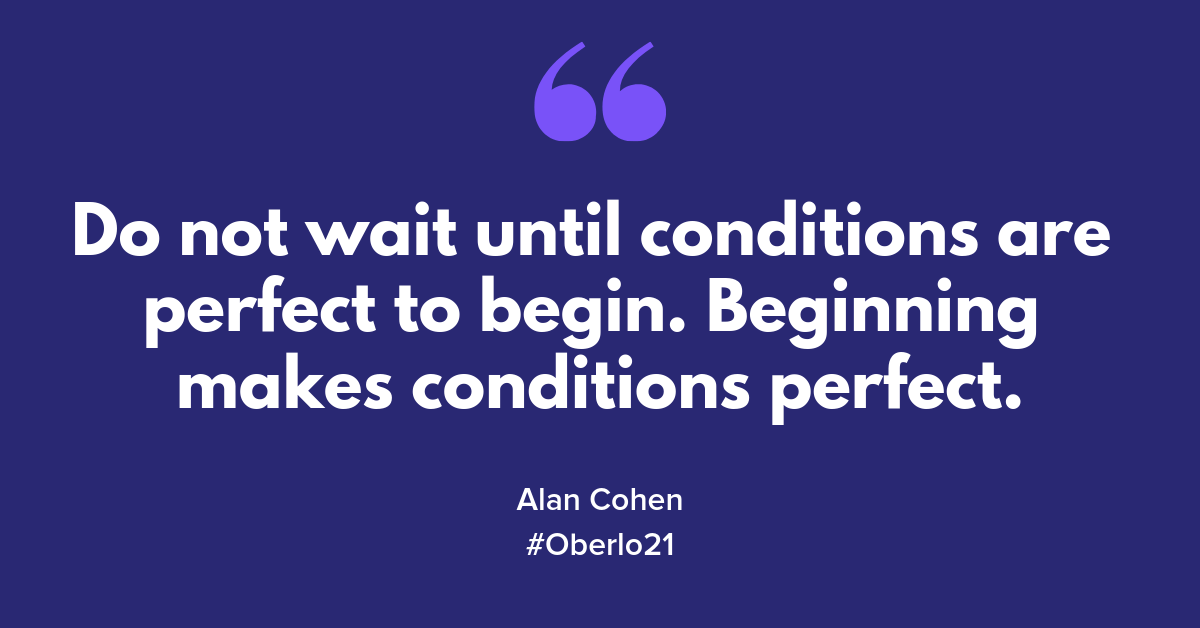
1. Tweet today’s quote → 2. Get to work!

One of the biggest and most stressful questions a new dropshipper asks themselves is: “What should I sell?”
Obviously, this defines your whole business. But don’t lose sleep over it. (Like Amanda did.)
Because no matter what you do – no matter how many hours of research you put in – you’ll never know how well your store will perform until you get out there and try. When I started my first business, I wasted weeks trying to come up with product ideas.
And here’s a secret that most people won’t tell you: it’s not really about what you sell… it’s about why you sell it. In the end, even an amazing product is nothing without a valuable experience for shoppers. (I’ll show you all about that when it’s time to build your store and create a brand.)
One more thing. I have a bit of an unpopular opinion… but I truly believe that there’s no such thing as a saturated niche. I think that if you really put in the time, you can find success selling just about anything.
All that said, there are some steps to help make sure you’re choosing promising niches in 2020.
Today, we’re going to:
- Choose a dropshipping niche (but not necessarily your products yet), with the help of our spreadsheet template
- Validate the niche to make sure people are actually buying
- Sign up for Shopify and DSers so you can poke around
[highlight]IMPORTANT: If you haven’t done it yet, remember to download your Calendar now, add your name with a marker, print it and hang it somewhere you can see it everyday. Snap a picture and post it on Instagram, hashtag: #Oberlo21.[/highlight]
Let’s get started, shall we?



How to find your niche
Before you find a niche, you should probably know what it is. A niche (short for a niche market) is a distinct, targeted market segment inside a bigger segment.
For example, you can divide the clothing market into niches like men’s, women’s, and children’s clothing.
→ Click Here to Launch Your Online Business with Shopify
But these are still huge.
Once, I worked with an aspiring entrepreneur who wanted to sell shoes. When I asked him to be more specific, he had a blank stare on his face. He was disappointed to learn that this wasn’t going to cut it. He needed to be able to answer some questions… What kind of shoes? Who were they for?
So you can – and should – even go smaller, say women’s clothing styles like bohemian, vintage, punk, high-fashion, or minimalistic. And even then, you can still go smaller.
Remember the sunglasses store I built which made $8,873 in 31 Days? My niche wasn’t just sunglasses. This would have been too broad. I only marketed these sunglasses to bloggers and people with a social media presence. I aimed for people who love to share their newest fashion accessories on Instagram.
The key takeaway is that the people buying these types of niche items have more specific wants, needs, and buying habits.
That’s why you should cater to a niche instead of being like a big chain or department store that sells a little bit of everything.
There are some key benefits to this strategy:
- When you’re marketing to a niche audience, it will be waaaaay easier to find and reach your best customers, because they’ll share super-specific traits and habits.
- Generally, the more narrow your niche, the less competition you’ll have.
- You’ll have a better chance of getting loyal customers who trust you to meet their unique needs and wishes.
And in the game of dropshipping, loyal and trusting customers are a golden ticket.
Here are some more niche ideas. Keep in mind that this is just barely scratching the surface!
Beauty
Fitness
Health*
|
Fashion accessories
Home
Tech
|
*Note: Be careful in the health category. Some countries have laws and regulations about what you can sell. If you choose a health niche, make sure you do your research.
[highlight]Pro Tip: I like to avoid clothing and other items that need sizes. When you go for a ‘one-size-fits-all’ kind of niche, you won’t have to deal with all the returns from people who didn’t find the right fit the first time. Or even worse – those shoppers who order multiple sizes on purpose and send back all the ones that don’t fit![/highlight]
Amanda came to me feeling overwhelmed about choosing her niche. She felt like it was a huge investment, and she was nervous about choosing the wrong one.
I advised her to answer some key questions about her search.
Steady or trending?
A steady niche (aka ‘evergreen’) is one that will have demand all-year round, for the indeterminate future. It’s the kind of product category that isn’t going away, like various types of clothing and accessories, personal hygiene products, home goods, and sports and hobby items.
You can check easily if a niche is steady or trending with Google Trends. For example, I typed in ‘men’s sunglasses’ and U.S. as the location and ‘2004 – present’ as the timeframe.
You can see that it’s a pretty steady niche that’s actually growing. Since 2004, more people are looking for men’s sunglasses online.
As you can see, searches peak every June and July – which makes perfect sense, since that’s the peak of summertime sunshine.
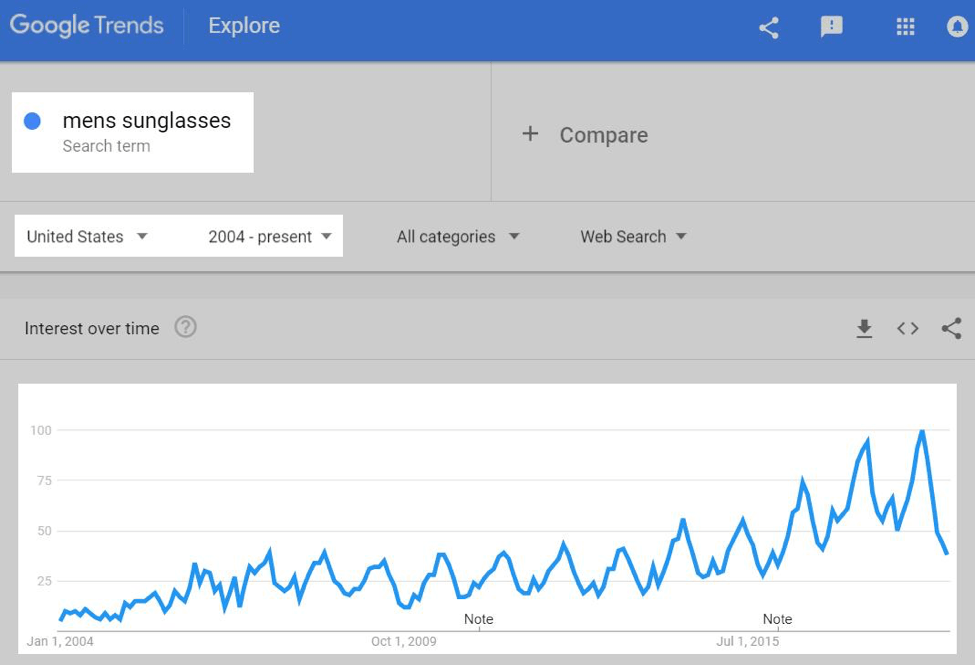
I can personally vouch that selling sunglasses is very viable. You recall the case study I mentioned earlier where I made $8,873 in 31 days selling them. (I sold women’s sunglasses, but men’s are a great option too.)
Back to Google Trends. You can also change things like your time range and the region where people are searching.
Here, you can see results for ‘smart speakers’ from users in England over the past 12 months. You can see that it’s fairly steady too. It peaked in November and December, which shows that it’s probably a popular holiday gift.
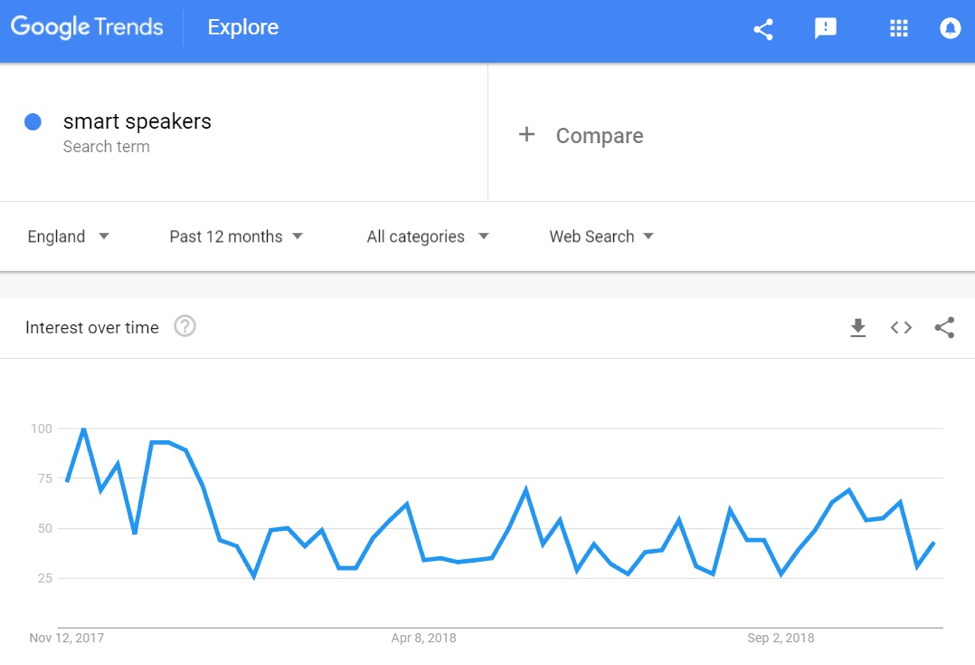
A trending (aka ‘fad’) niche is more temporary – it might be a hot-seller now, but the trend will eventually die off. Like fidget spinners or the recent unicorn-theme craze. There’s definitely money to be made jumping into a trend (if you can get into it early enough), but keep in mind that your business will slow a lot once the trend is over.
For this reason, you should choose a steady niche if you plan to have a solid, long-term store.
Back to Google Trends, see what I mean about fidget spinners? A massive peak in May 2017, then it disappeared.
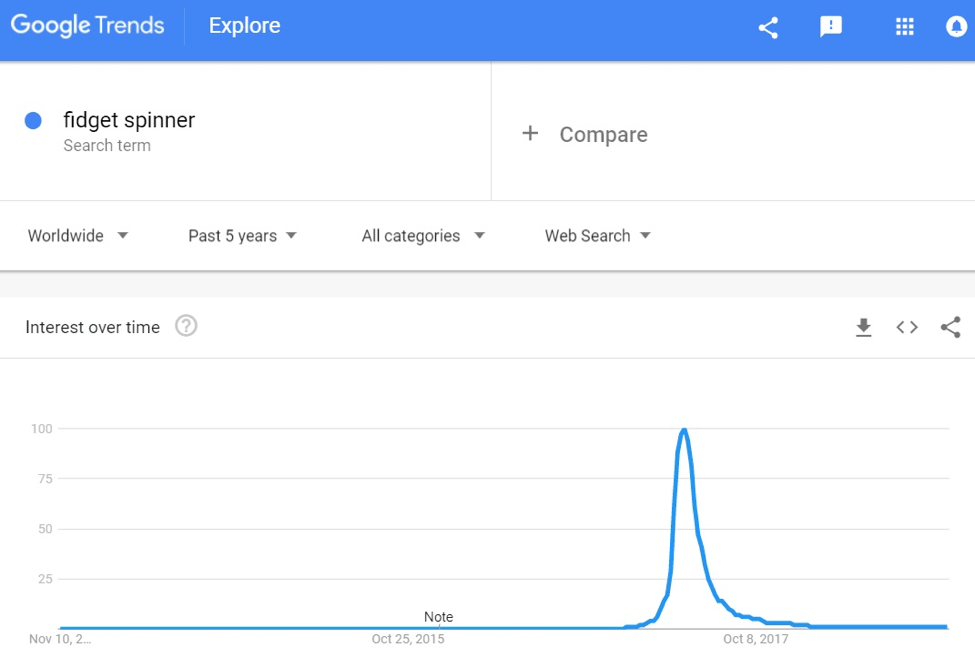
Passion or profit?
Do you want to sell things you’re personally passionate about, or just go for things that look profitable? Ideally, you can find a combination of these two.
If you’re passionate about your store, you have a special level of knowledge that can help you with choosing good products and being a good source of information for your customers.
Ask yourself some questions and write down all the answers:
- What are your favorite websites, blogs, and social media accounts?
- Do you collect any products?
- Do you have any obsessions?
- If you had $100 to spend right now, what would you buy?
You can even pick some of these questions to ask your friends and family, too. The more data you can get, the better.

Amanda Asks
“How can I get some good ideas for a steady niche?”
When she first started her research, Amanda knew she wanted a steady niche, but had trouble narrowing down the millions of options she saw. She asked me for some advice on how to pick one.
My answer: one of the best ways to get niche and product ideas is to simply look around you, at your own buying habits and what others are buying.
Check yourself
- What are the last things you bought online? Where did you buy them and how did you come across them in the first place?
- What kinds of products do you buy even if you don’t necessarily need them?
- Which online stores do you shop on the most?
When I started my first online store ever, a tea business, I simply sold something I personally consumed every day. The product itself wasn’t any different than my competitor’s. The only difference was the way I marketed the product.
Back then, almost all companies marketed tea in a very feminine way. I’m a man and didn’t like their marketing. I thought if I had this issue, there are probably other men who have the same issue. That’s why I came up with strong and masculine marketing that turned out to be very lucrative.
Check your surroundings
Go to the mall or some other public place and people watch.
- What are people wearing, using, and carrying? Clothes, jewelry, accessories, shoes, and tech are all fair game.
- What kinds of products are they buying?
- Go to some retail stores. What’s on the shelves? Are any particular products sold out?
Check influencers
Follow some popular social media influencers on Instagram, Facebook, Snapchat, Twitter, Pinterest, and YouTube. Look up ‘product placements’ and see what types of products other brands are trying to promote with the help of those influencers.
This can work well if you’re following ‘high fashion’ influencers (luxury brands like Gucci, Armani, D&G, etc.). You’ll be able to offer similar styles but for way less money.
[highlight]If you want some more ideas, check out Oberlo’s ‘What to Sell’ section, as well as the Oberlo YouTube channel.[/highlight]
Traits of a good dropshipping product
- Less than $100. When products are too expensive, there’s a longer sales funnel, which means more work for you before you can get a customer’s trust to buy. You might also need to worry about warranties and more returns.
- Not super common. Don’t sell something available at a store down the street. If it’s so common, what incentive do customers have to buy from your store and wait 2–3 weeks to get it?
- Impulse buy items. The kind of thing you don’t really need, but you want anyway! Affordable and unique impulse buy products are a perfect way to rack in sales that don’t require much thought or planning in advance.
- Not easy to guess the price. If it’s something unique enough that you can’t really guess the price, it can help avoid the issue of customers trying to find it somewhere else online for cheaper.
After some thought, Amanda decided to go with women’s fashion scarves. She chose this niche because:
- Scarves are incredibly popular – you see them everywhere you go.
- Since she was opening her store in fall, she knew it was high season as the weather gets colder.
- By selling trendy fashion scarves, she could target this season’s ‘high fashion,’ luxury brand styles for people with lower budgets.
- She has a lot of her own scarves, and it’s one of those products she and her friends found themselves buying even though they didn’t really need them.
Pick 3 of your top niche ideas. Then use the next section to check how popular and promising they are.
Validate your niche idea
In a way, we’ve already been low-key validating. Using Google Trends, checking your surroundings, and looking at social media are all small-scale forms of niche validation. After all, it’s proof that people are buying and using these products.
Let’s go a little further by looking at the 3 top tools to find solid product ideas in high-performing niches:
- Oberlo
- Amazon
- AliExpress
As you’re finding products in promising niches, write them down quickly in the first tab of our templates spreadsheet. The tab is titled ‘D1: Product Brainstorm.’
Just write 3 things: the niche, item name, and URL where you found it.
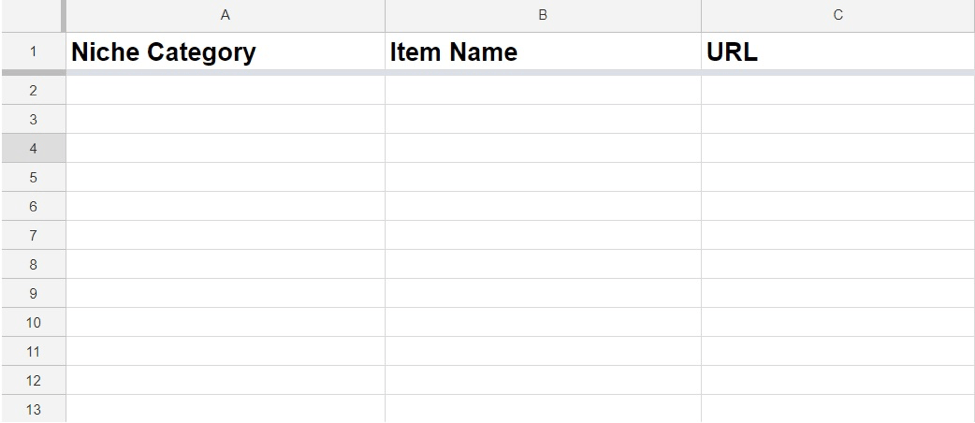
This will help you choose your specific products to sell on Day 4, so you don’t have to go back fishing if you need them. Plus, having a list now will help you narrow it down later.
[highlight]Don’t spend too much time on this list now – it’s just a reference point to keep track of your thought process. We’ll refine the list on Day 3.[/highlight]
1. DSers
To access the product search, you’ll need to sign up for your free trial and install the DSers app. I’ll show you how.
- Go to www.shopify.com. Fill in your email address and click the ‘Get started’ button.
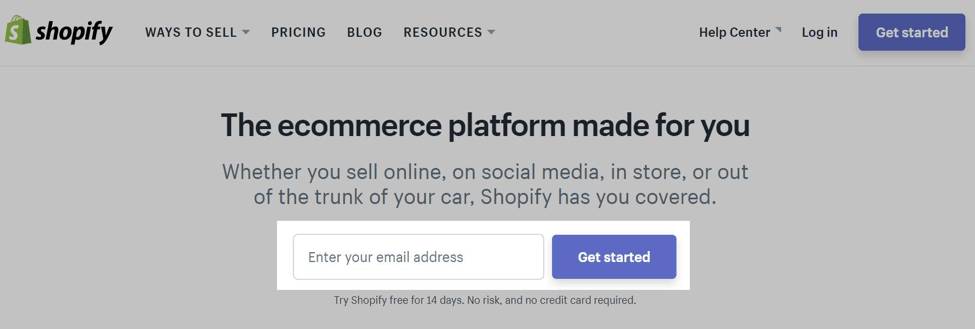
- A popup will ask you to create a Shopify password and enter your store name. Fill them in and click ‘Create your store.’
- If you don’t have a name yet, that’s okay. You can write in something like ‘[Your Name] Test Store’ for now. (Keep trying until you get a name that isn’t taken already.)
- Note that this will be your .myshopify.com domain forever and you can’t change it. But since we’re going to buy and connect a proper .com domain name anyway, customers won’t see it.
- You should note that this will be your ‘username’ that shows if you message suppliers inside DSers in the future. So name it appropriately!
- Answer a few questions and click ‘Next.’ You can just fill out what’s below:
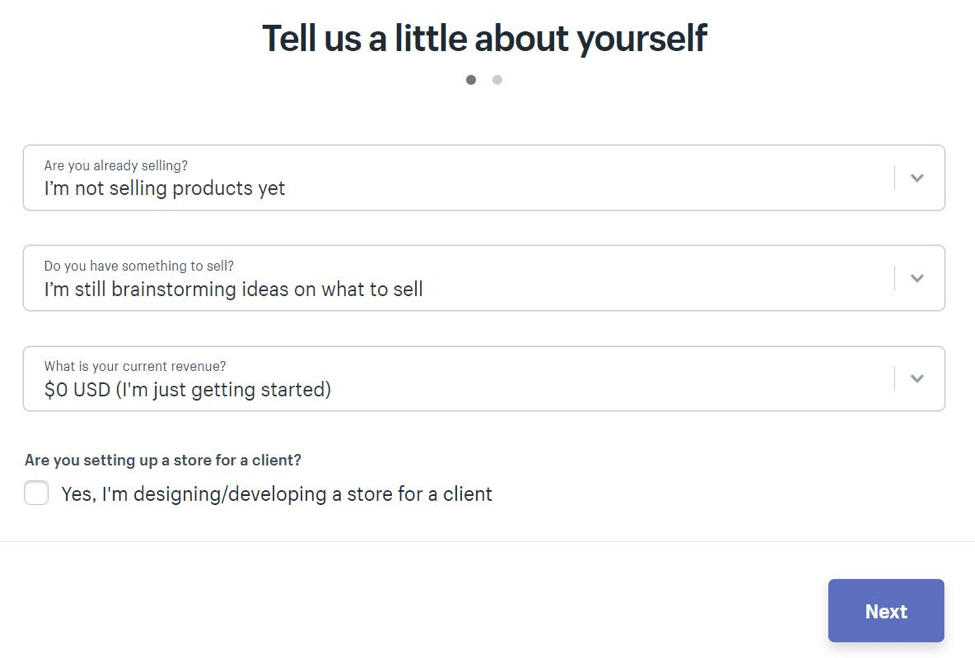
- On the next page, fill out your home address (or whichever address you want your default business address to be) and click ‘Enter my store.’
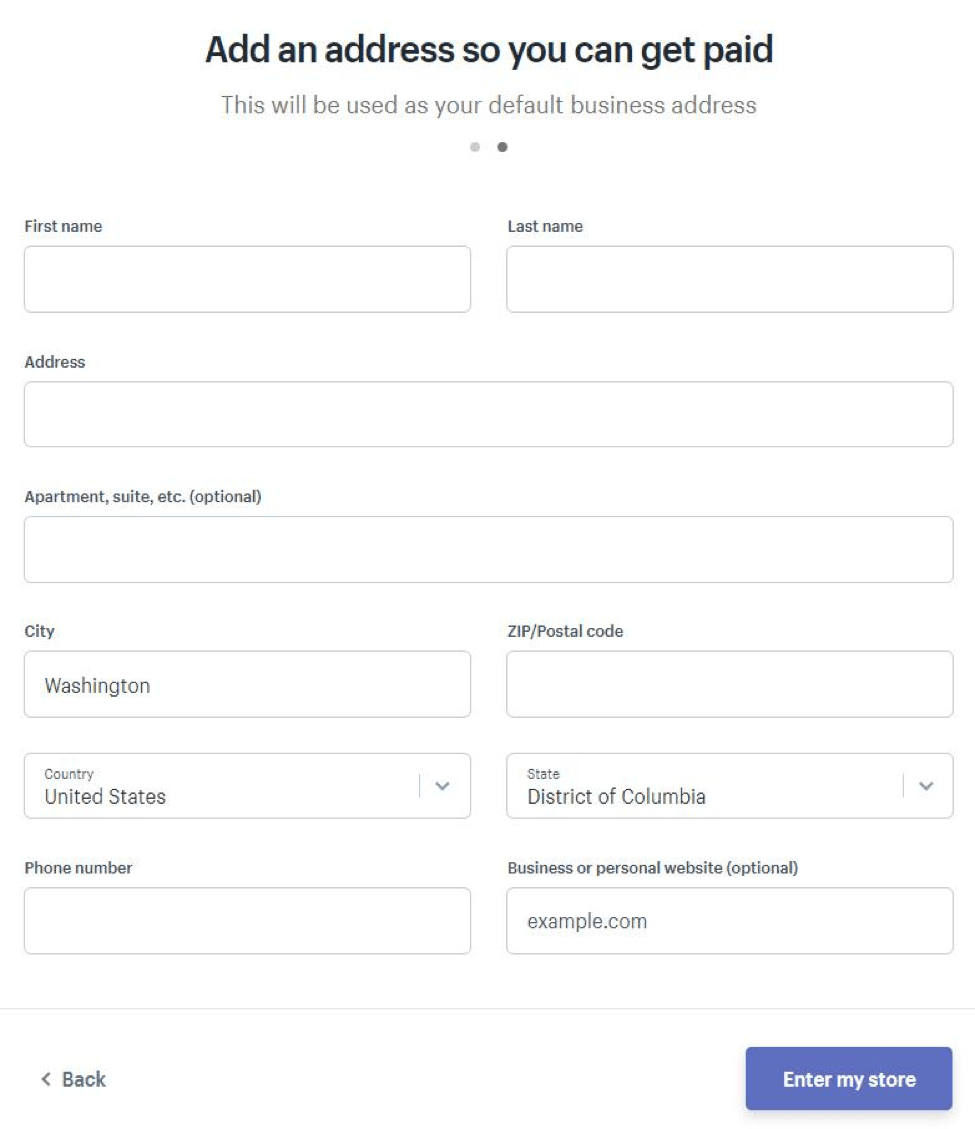
- Voilà. You’re in the dashboard of your shiny new Shopify store!
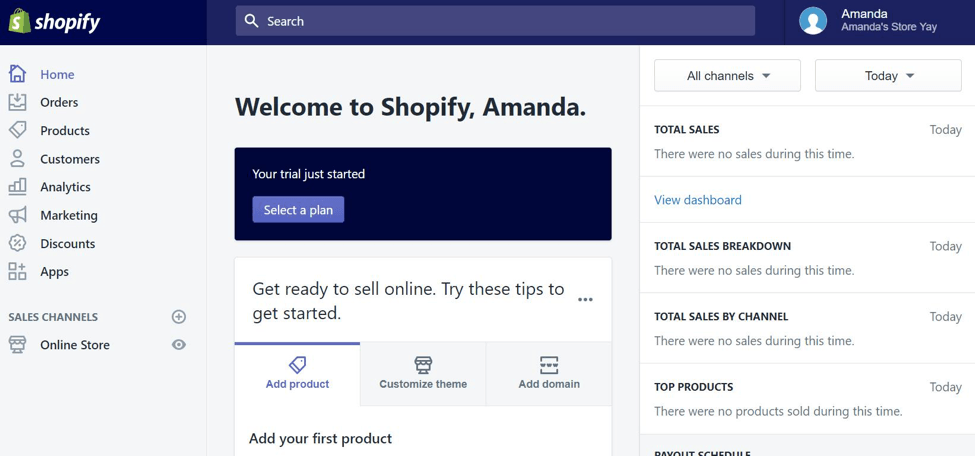
- Now it’s time to install DSers.
- Click ‘Apps’ in the left sidebar
- Click ‘Visit Shopify App Store’ button at the top right
- You’ll be taken to the App Store. Type ‘DSers’ into the search bar
- Click ‘DSers’ (the first result)
- Click ‘Add app’
- You’ll be redirected to your store. Scroll down and click ‘Install app’
And you’re ready to roll.
[highlight]FYI: We’re going to install a few more apps, and they’ll all use the same process as you just did with DSers. Two clicks and done.[/highlight]
After you install, you’ll be taken to the Dsers dashboard and home screen.
Here, you can type whatever you like into the search bar to explore any particular niches or items you have in mind.
I recommend poking around on this home screen, as DSers will show you loads of recommended products, like:
- Best selling products
- Fast shipping products
- Trending products
- Seasonal products (Autumn/Winter fashion for Amanda)
- Discounted products
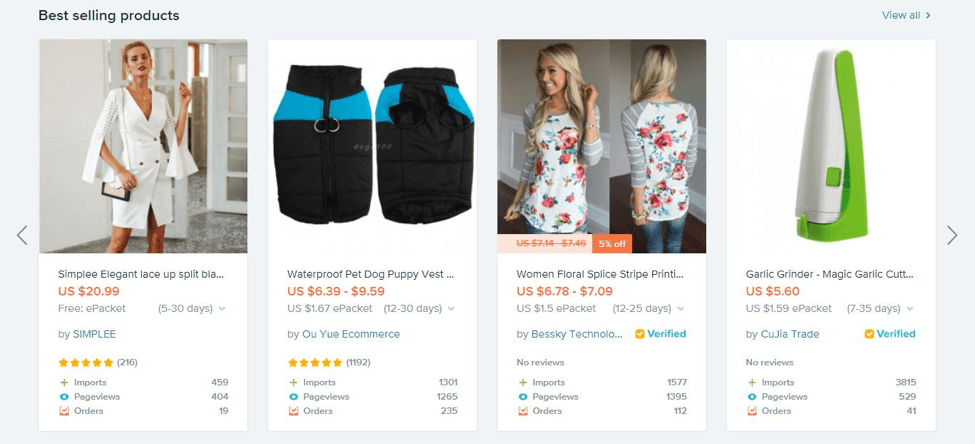
Drilling down farther, you can choose options like:
- Best-selling products with great reviews
- Products available with ePacket shipping (will also discuss on Day 4)
- Products shipped from US warehouses so they can get to US customers faster
You can also change your country if you’re not in the US, of course.
It’s pretty great.
P.S. Don’t worry about suppliers and shipping just yet. We’ll get to this later on Day 4, when it’s time to choose specific items to add to your store.
Moving on, look for products that have high ratings, lots of orders, and lots of good reviews to get an idea of how successful that niche might be. Same goes for these other channels.
In your spreadsheet, jot down whatever catches your eye.
Just a note – whenever you want to get to DSers from now on, log into your Shopify account. In the left sidebar, go to ‘Apps’ and click ‘DSers.’ This is also the same place you’ll find the other apps we’ll install later.
2. Amazon
Check out the Amazon Best Sellers page for more inspiration. You can also look at ‘Amazon Most Wished For.’
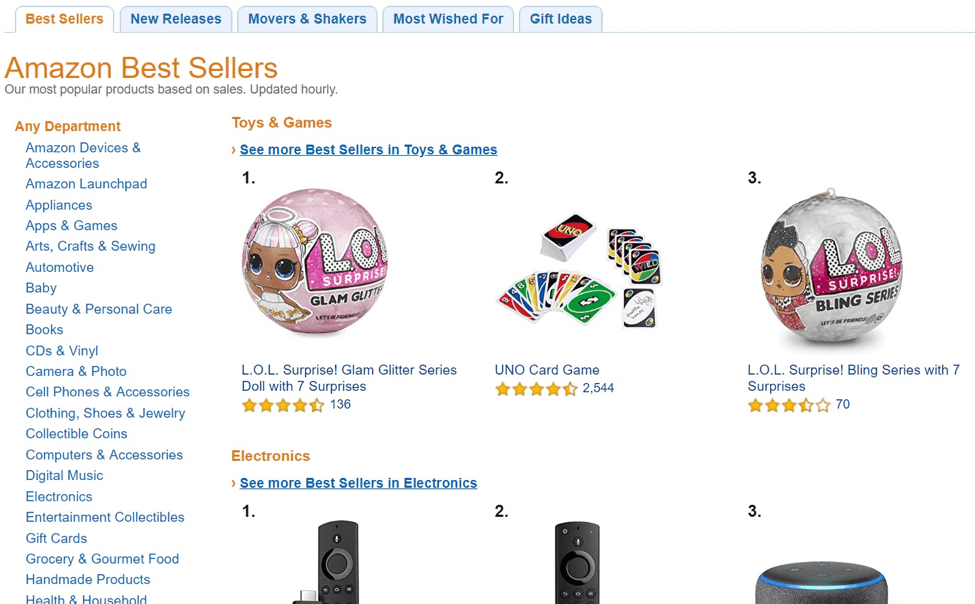
You can browse by category on the left sidebar to investigate the types of products that you’re leaning toward.
Look at the products’ ratings and what people are saying about those products in their reviews. You can get some insight into things that people love or wish were better.
Amanda checked out the ‘Clothing, Shoes & Jewelry’ category and found a scarf in the #2 spot – a perfect validation that she was on the right track.
She realized that beanies are also pretty popular (which makes sense… if your neck is cold, your head is probably cold too). She kept this in mind for later consideration.
3. AliExpress
If you’ve never heard of it, AliExpress is owned by Alibaba, a Chinese powerhouse company that spans all sorts of sectors like retail, ecommerce, Internet, artificial intelligence (AI), and more.
AliExpress can be a valuable tool for you, because you can use it to look for product ideas and also actually sell those items in your store. There are many companies that use AliExpress suppliers for dropshipping.
I strongly recommend going through DSers, because the process will be a lot easier for you. But that said, you can also go through AliExpress if you’re a daredevil like that.
We can get into using AliExpress suppliers and products later. For now, we’ll just talk about how to use the platform for picking and validating your niche.
Go to the AliExpress homepage. You can type items into the search if you have specific ideas, or you can use the ‘Categories’ tab on the left sidebar.
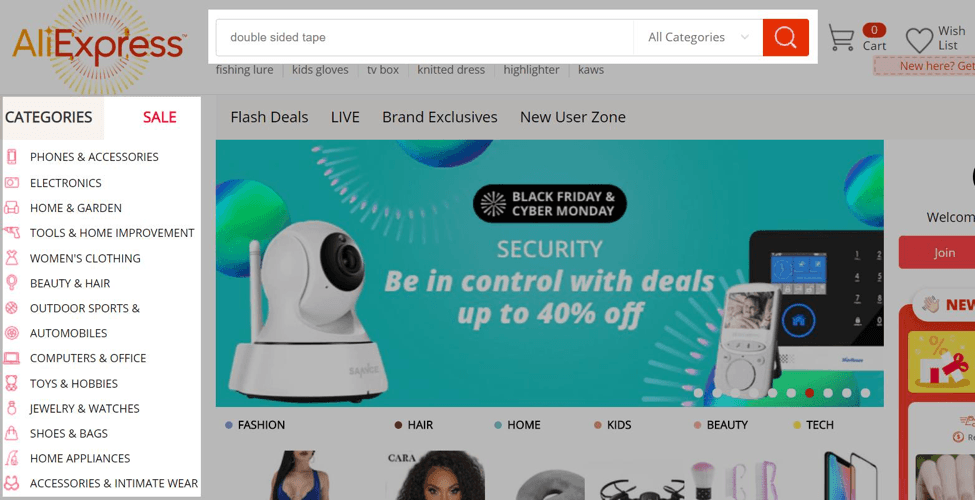
When you click a category, it will show all sorts of good stuff like best sellers, top stores (suppliers) on AliExpress, and top niches. For example, searching ‘Women’s Clothing’ brings up top ‘Chic’ stores, which must be a popular category of women’s clothing.
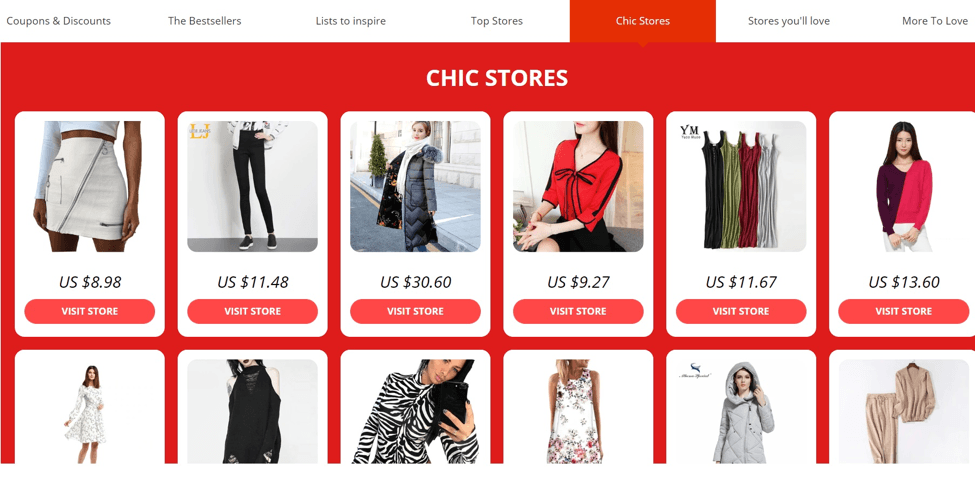
If you use the search bar, type in your query. On the results page, go to ‘Sort by’ and click ‘Orders’ in the dropdown menu. This way, you can see the most-ordered products.
Take note that under the search bar, AliExpress also shows you suggestions for related searches. This can be an awesome tool for getting more inspiration and validation.
Amanda typed ‘women’s fashion scarves’ and saw helpful suggestions for:
- Winter scarf
- Silk scarf
- Cashmere scarf
Sounds like silk and cashmere are pretty popular.
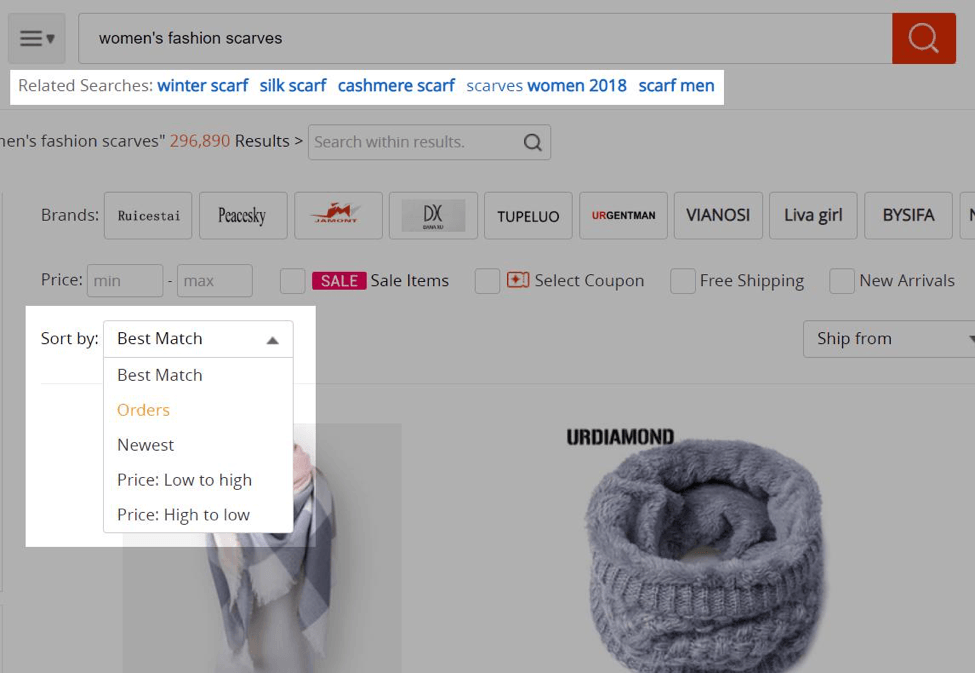
Once she sorted by orders, she could see the top-performers. Looks like plaid is popular – and if you recall, we saw a top-selling plaid scarf on Amazon too.
Right from the search results, you can see that these top results have great ratings, lots of reviews, and lots of orders. Good contenders.
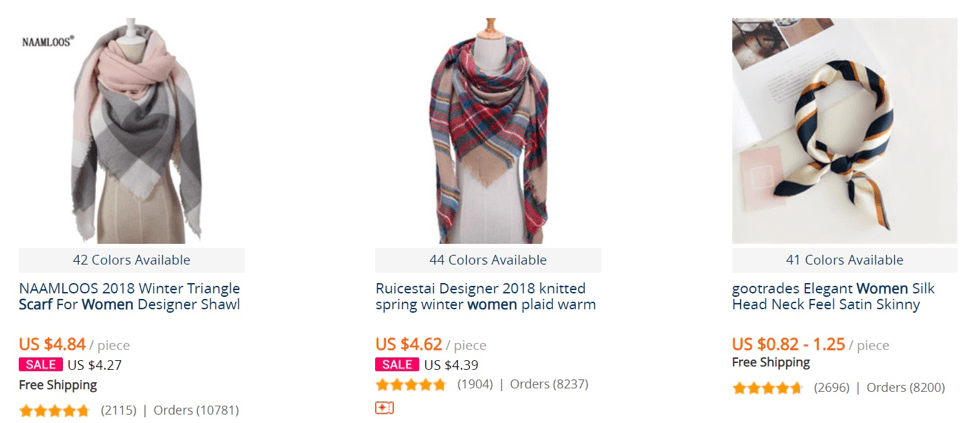
As you can see, finding a good niche and product ideas is all about digging and observing. Keep going until you’ve found an idea that you feel good about.
Pick your store’s name
Typically, I don’t like spending too much time on picking a business name, and instead aim for a short, snappy business name.
A short, snappy business name works best for several reasons: It’s easy to write, it’s memorable, and it seamlessly fits in the header area of an ecommerce website’s homepage.
For example, I named my sunglasses store ‘Sunyez.’
At that time, my aim was to find a couple of words which I can mix and match to make my store name. After a few minutes, I locked Sunyez in. The name appealed to me because it had a different spelling to ‘sunnies,’ which is a nickname for sunglasses.
You could also try combining 2 or more words, make up a word, or tweak an existing one. Trust me, it’s not that hard to figure out something compelling.
Amanda named her store ‘Evooli’ which is ‘I loove’ backward.
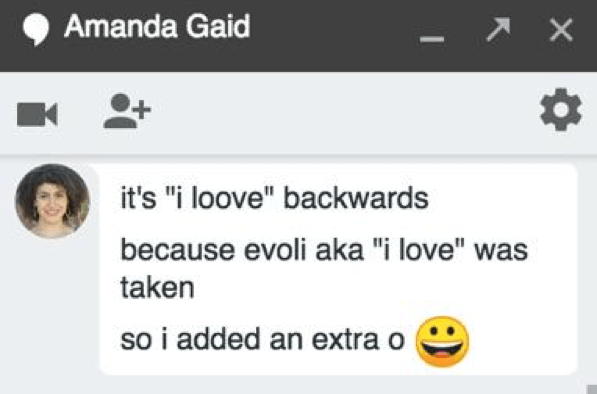
Good store names come from all types of ideas, though, and may be the same ones as rolling through your competitor’s head, which is why it’s smart to brainstorm 3-4 business names and moving on from there.
If you’re not feeling inspired or short on ideas (it happens to the best of us), you could take a few ideas from a business name generator. I personally use Oberlo’s.
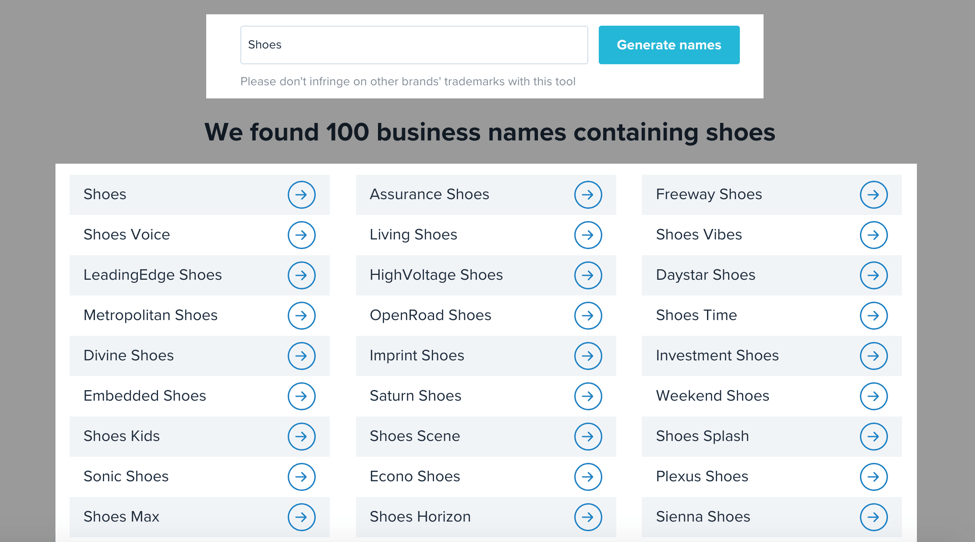
It gives you hundreds of name ideas for your niche with the click of a button. All you need to do is put in a keyword that is related to the core concept of your store, and click ‘generate names’. The generator will then present you with pages listing dozens of potential names to choose or take ideas from.
After you decide on a business name, look it up on the WIPO Global Brand Database to ensure it is not associated with any other company – I did the same for Sunyez.
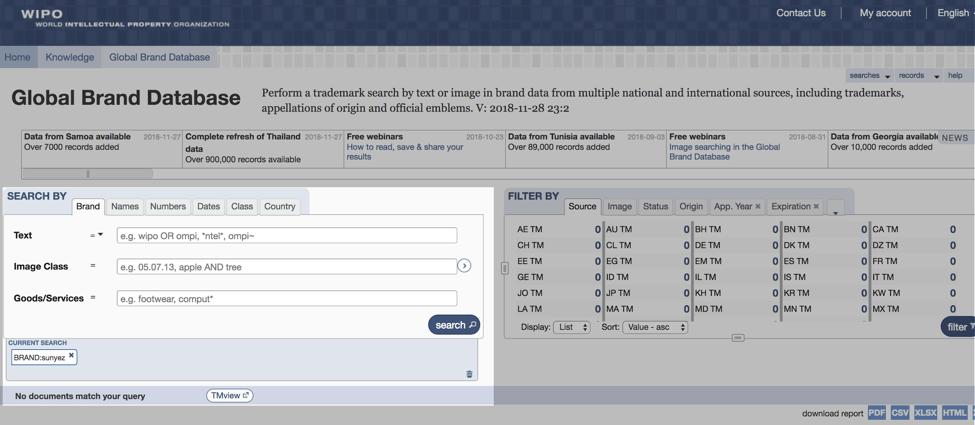
If the database says ‘no documents match your query’, you’re good to go.
As the last step, see if the .com domain is available for your business name on Domize. It’s a website that lets you quickly see domain name availability for .com and other extensions, highlighting available domains in blue and the ones that have already been taken in red.
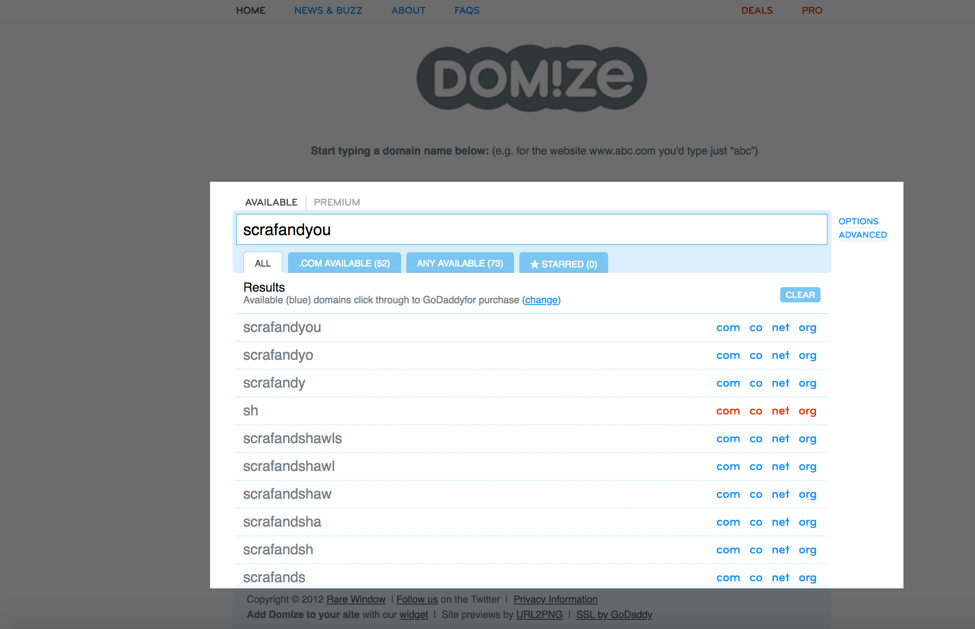
Domize also has advanced features that enable you to create new domain names.
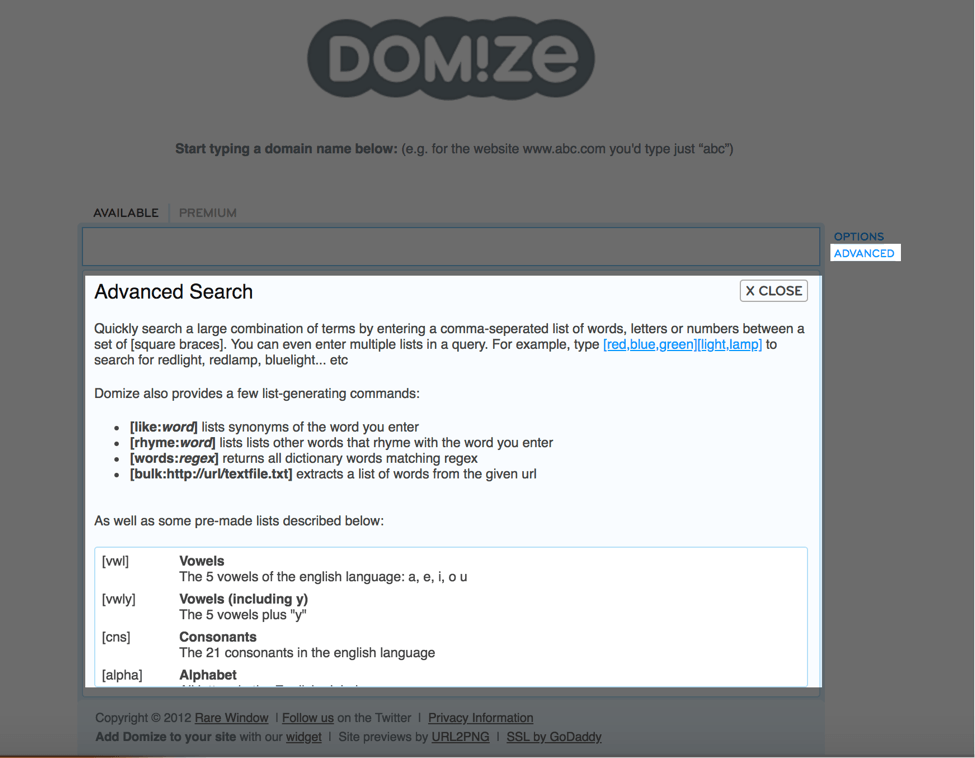
The tool lets you quickly search for a wide range of terms by entering a comma-separated list of words, numbers or letters between square braces [ ]. You can choose things like endings, propositions, colors, verbs, and phonetic alphabets to come up with a new domain name.
For example, if you write [color]scarf in the Domize search bar, it will present you with domain ideas based on different colors.
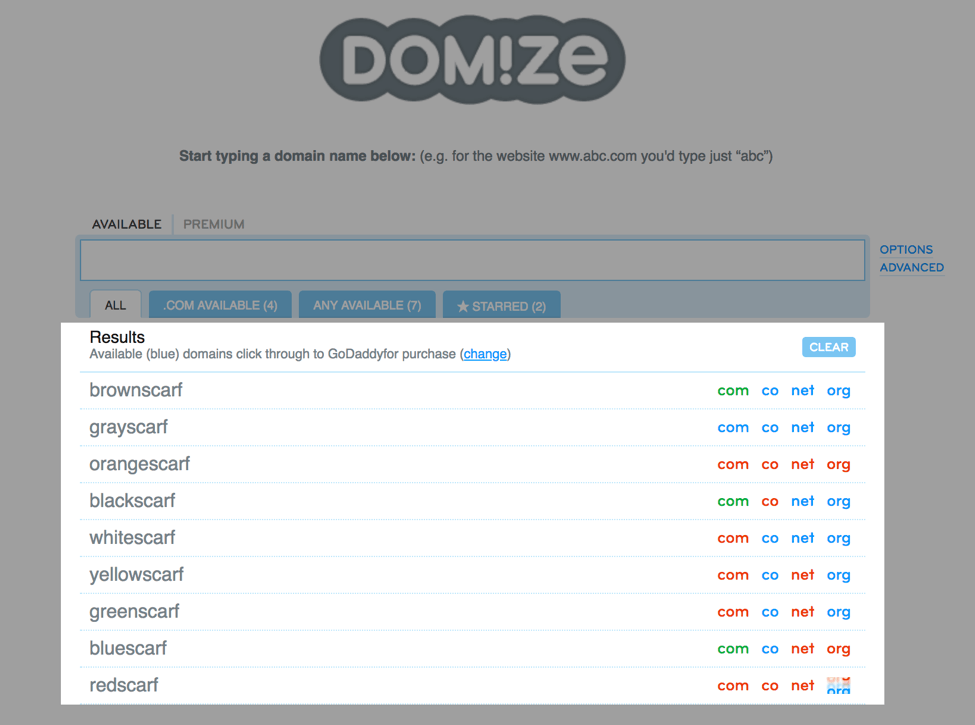



Day 1 Recap
Today was a beast of a day with a lot to cover (and to think about). But look at all the awesome things you accomplished:
✓ Got your feet wet and explored the wide world of dropshipping
✓ Picked a solid, promising niche (and an idea of the products you’ll sell)
✓ Validated your niche by confirming that people really are buying these types of products
✓ Opened your shiny new Shopify store – complete with DSers!
✓ Picked a name for your business
Great work. Now get some sleep and I’ll see you tomorrow.

